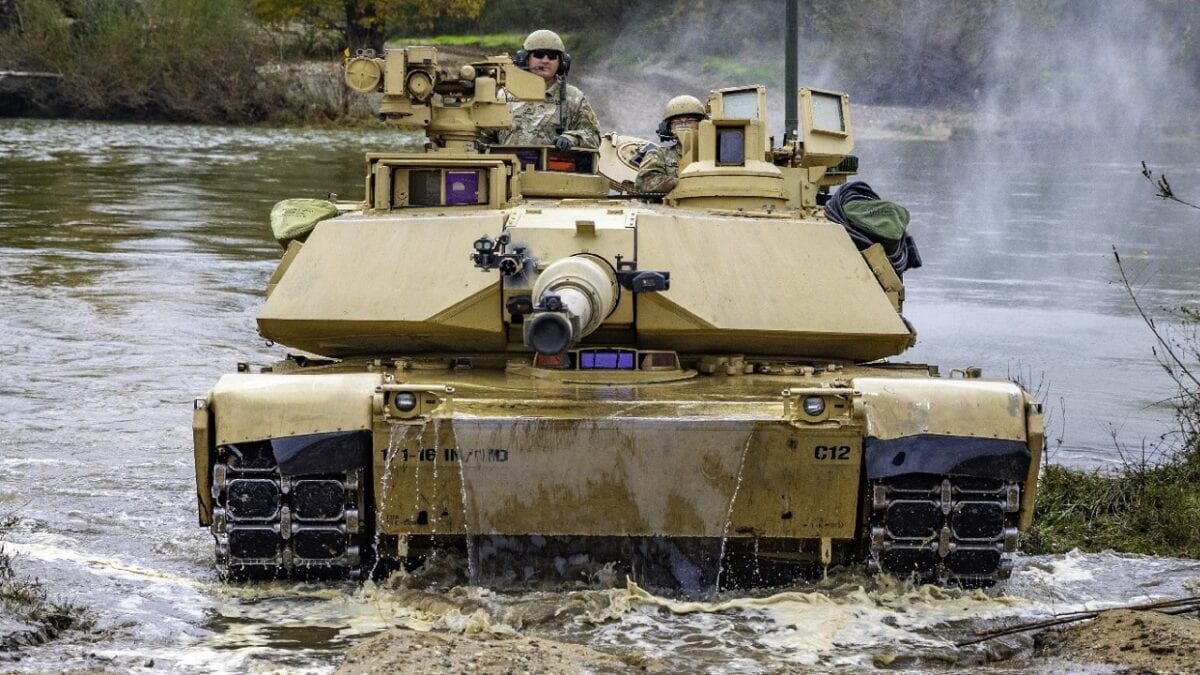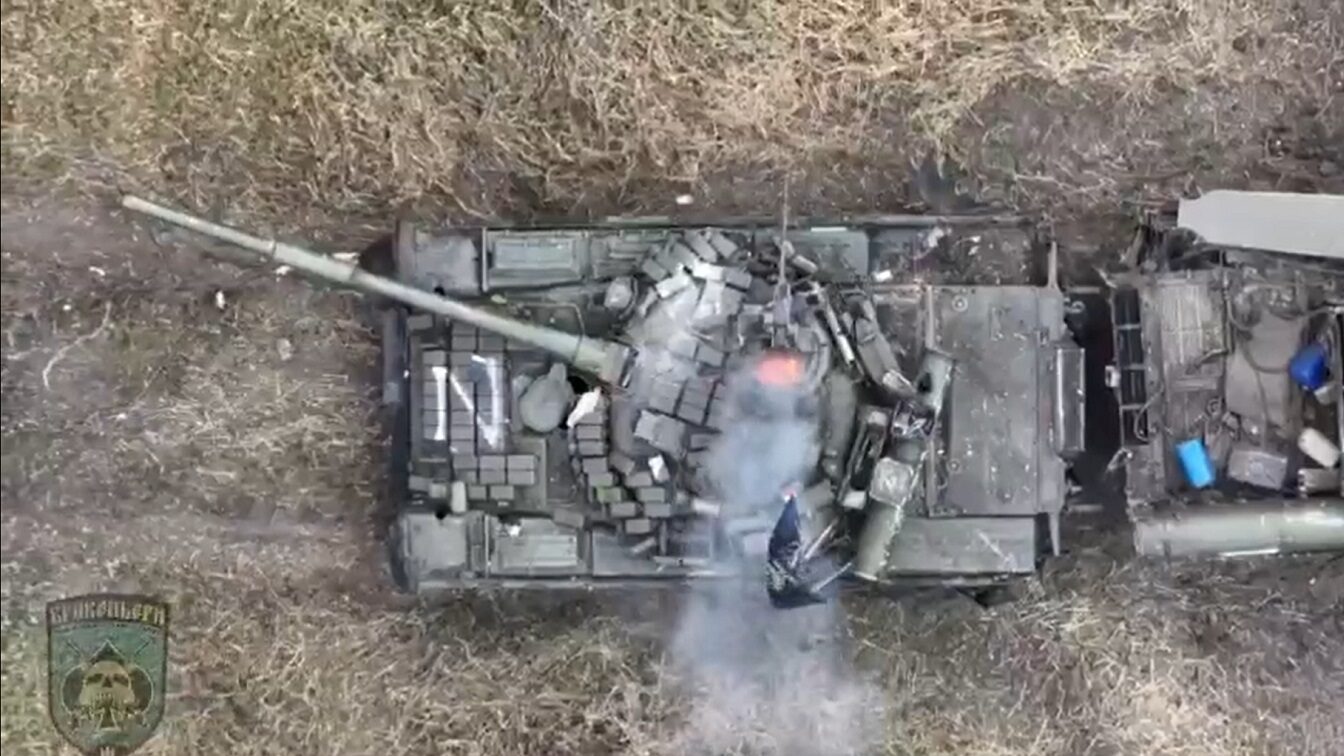The conflict in Ukraine has only been waged for seven months and the situation is still in flux. Already the war has provided a number of surprises for political and military observers, few if any of whom predicted the current situation when Russia invaded in February. Certainly, the outcome of this struggle has yet to be determined.
Simultaneously, as the largest high-intensity conflict in Europe in more than three-quarters of a century, the war in Ukraine is providing an enormous amount of useful data on operating concepts, force design, tactics, weapons systems, training, communications, and intelligence. A number of weapons systems have been employed for the first time in combat. Even where the appearance of a particular capability is not in itself novel, such as the use of drones, the sheer number and variety of unmanned aerial systems (UASs) employed and tactics used, constitutes a new development.
Despite expectations to the contrary, Ukraine has proven to be a ground war, one dominated by infantry, armor, and artillery. Thus, it is reasonable to ask about lessons the war in Ukraine may hold for the U.S. Army. In particular, it is worth examining the current conflict with an eye toward what it can tell us about the validity of the Army’s current modernization program and its pursuit of the operational concept known as Multi-Domain Operations (MDO).
There are at least four basic lessons for the U.S. Army that already are emerging from the Russia-Ukraine war.
The first lesson can be stated simply as logistics, logistics, logistics. Despite the use of precision-guided weapons, satellites, and drones, the Russia-Ukraine conflict is industrial-age warfare on a scale not seen in many decades. The expenditure of munitions by both sides has been immense. The U.S. and its allies have provided such large quantities of anti-armor and anti-aircraft missiles that its own stockpiles now require replenishment. Russia has had to go to both North Korea for artillery shells and Iran for drones.
The U.S. has had to reach deep into its own limited inventory of HIMARS in order to provide 18 of the launchers to Ukraine. Additional capabilities will take several years to be built. Both NATO and Russia are discovering that their defense industrial establishments often are not capable of surging to meet wartime demands.
The Department of Defense (DoD) needs to reconsider its approach to acquisition with the idea that future high-end conflicts are likely to be protracted and require enormous expenditures of munitions and platforms. In a future high-end fight, the U.S. will not have the luxury of spending two years expanding production lines and supply chains.
The second lesson is the importance of fires. The current conflict is largely an extended artillery/missile exchange. Having failed in its initial combined arms effort, Russia has resorted to employing vast amounts of fires. Ukraine has responded with more selective fires. Much has been made about the disparity in the volumes of fires that the two sides are able to deliver. According to many sources, Russia is expending at least three times the number of artillery rounds per day compared to Ukraine.
However, Ukraine’s performance suggests that precision may be worth a lot more than mass when it comes to long-range fires, particularly when such capabilities are supported by real-time targeting with drones or other intelligence systems. Ukraine has made tremendous use of U.S.-provided precision-guided artillery shells, enabling its forces to achieve their desired effects rapidly without having to concentrate their artillery systems or expend large amounts of dumb shells. The same is true for HIMARS, which has proven itself perhaps the war’s premier long-range fires system, delivering fires deep behind Russian lines against critical targets. This suggests that the Army’s program for Long-Range Precision Fires is well worth the investment.
The third lesson is the emergence of a new air domain, the air littorals, defined as the zone below 1,000 feet. The battle for the air littorals will be fought from the ground. The air littorals are dominated by drones of all varieties, from the highly sophisticated long-endurance systems to commercial quadcopters armed with grenades or mortar shells. Drone-based intelligence, surveillance, and reconnaissance (ISR) has allowed Ukraine, in particular, to go after critical targets in their rear areas. So-called loitering munitions, such as the U.S. Switchblade and Phoenix Ghost, are proving particularly effective.
The war in the air littorals makes the case for the U.S. Army’s investment in the Future Vertical Lift program. Russian helicopters have proven themselves vulnerable as a result of their requirement to deploy close to the front lines and their tactics of flying high and slow. The air littorals are a zone where long-range, high-speed, low-flying vertical lift platforms such as the Future Long-Range Assault Aircraft and the Future Attack Reconnaissance Aircraft carrying a variety of Air-Launched Effects will be particularly effective.
The U.S. Army needs to consider how it will deal with the increasing role of hostile drones and loitering munitions in the air littorals. It is evident that current plans do not provide for enough of these systems, if the expenditure rates in Ukraine are any indication. In addition, the Army needs to push the accelerator on short-range air defenses and counter-drone capabilities. The investments in M-SHORAD and soon DE M-SHORAD need to be substantially increased. Likewise, new sensors, particularly advanced radars that can handle masses of objects in the air littorals and detect small drones and loitering munitions at engagement ranges, are needed.
The fourth lesson is the continuing relevance of heavy armor. Both sides, but particularly the Russian Army, have taken significant losses in tanks and armored vehicles. But as the Russians have proven, armor must be supported by infantry and artillery to be effective. The Ukrainian counteroffensive demonstrates that combined arms, when supported by ISR and other enablers, can be effective on both the offense and defense.

M1 Abrams Tank. Image Credit: Creative Commons.
The U.S. Army and its NATO allies are relearning the lesson of the value of armored combat vehicles. Poland is acquiring 250 M1 Abrams tanks from the United States along with hundreds of other tanks from South Korea. The U.S. needs to ensure that its fleets of tanks and armored fighting vehicles are as advanced as possible. In particular, it is important that they be equipped with Active Protection Systems. Ukraine may also make the case for robotic ground vehicles and the Optionally Manned Fighting Vehicles.
Dr. Daniel Goure, a 1945 Contributing Editor, is Senior Vice President with the Lexington Institute, a nonprofit public-policy research organization headquartered in Arlington, Virginia. He is involved in a wide range of issues as part of the institute’s national security program. Dr. Goure has held senior positions in both the private sector and the U.S. Government. Most recently, he was a member of the 2001 Department of Defense Transition Team. Dr. Goure spent two years in the U.S. Government as the director of the Office of Strategic Competitiveness in the Office of the Secretary of Defense. He also served as a senior analyst on national security and defense issues with the Center for Naval Analyses, Science Applications International Corporation, SRS Technologies, R&D Associates, and System Planning Corporation.

